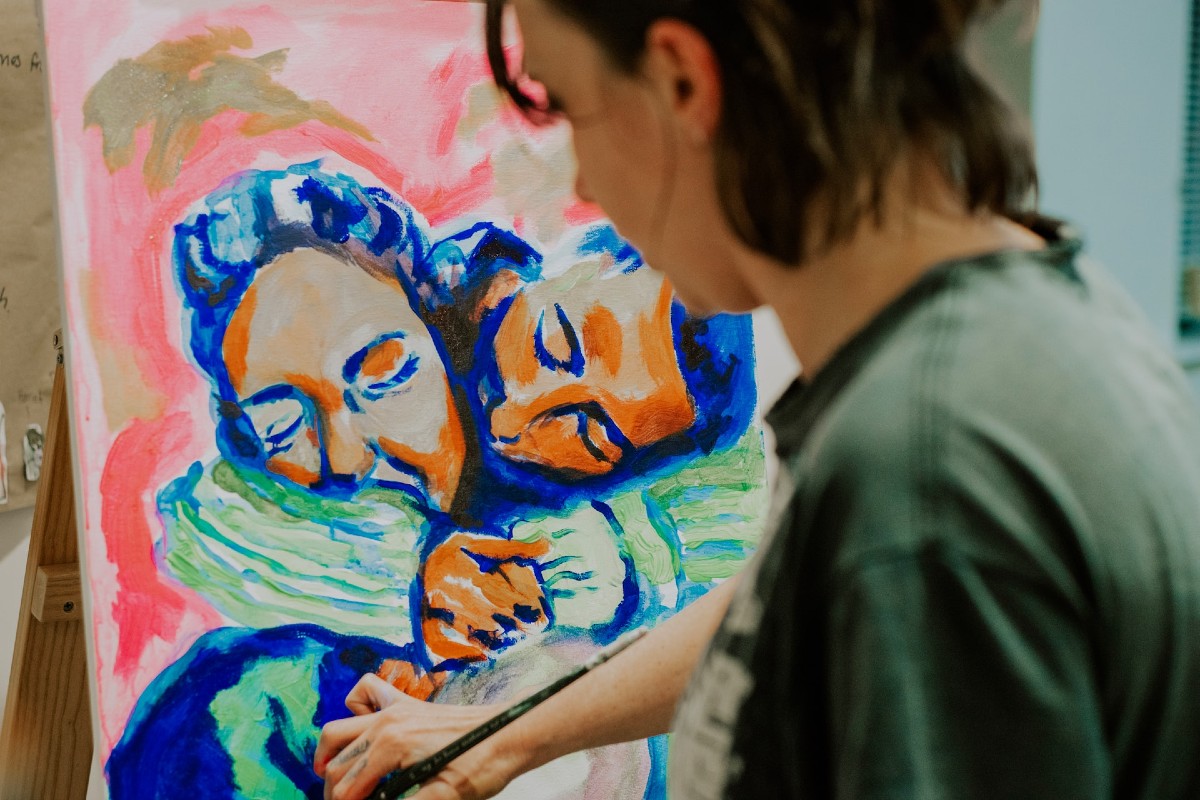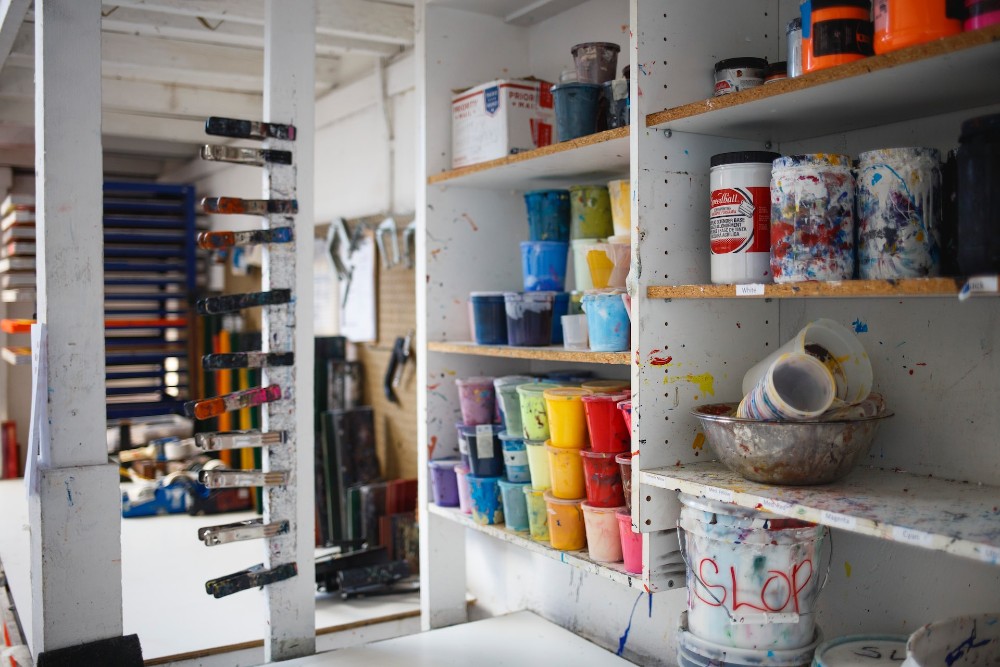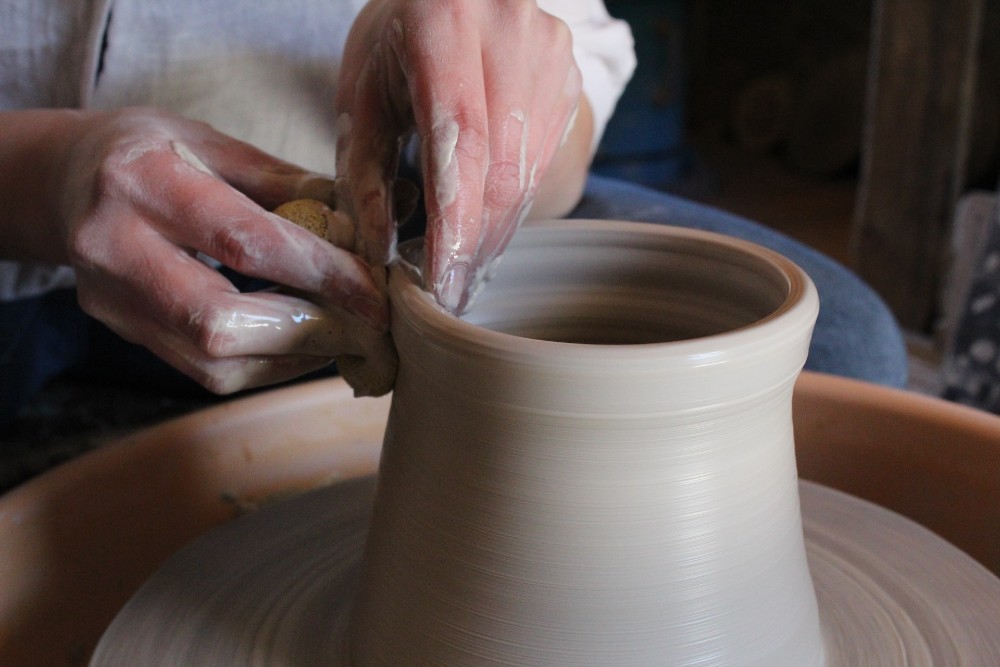
We are a reader-supported education publication. When you buy through links on our site, we may earn an affiliate commission to help us keep providing content.
Despite art’s reputation as a useless program of study for lucrative career opportunities, thousands of students every year opt to enhance their creative techniques by becoming arts majors.
According to the National Center for Education Statistics (NCES), 92,332 bachelor-level arts degrees were conferred during the 2019 – 2020 academic school year. Yet, a 2014 study by BFAMFAPhD found that only 10% of arts students worked as artists in the field after graduation.
While prospective arts graduates shouldn’t feel discouraged as they wrap up their studies, it’s important to remember that launching a successful career for arts students isn’t easy.
Those who hope to create and sell their artwork for a livable income must possess the utmost willpower and grit. However, following these seven tips, students can find their footing after college and thrive as artists.

1. Ask Yourself the Hard Questions
Many students struggle to decide their next steps after college. Indeed, an arts degree will open doors, but if you hope to make it as a full-time artist or pursue your art as a side hustle, you must ask yourself the hard questions.
What career do you hope to obtain? How much money do you want to make? Where do you want to live? How much does studio space cost?
Answering these questions will take some time, but knowing your needs and desired outcomes will help you achieve your goals.
2. Find Studio Space to Work
Unfortunately, arts students lose their studio space when they leave college — meaning they must find someplace new to work.
Although renting a studio would be nice, it’s usually not an affordable option when you’re just starting. Graduates have little to stand on and often find themselves making art in their old bedroom or parents’ garage again.
Your artwork shouldn’t suffer as a result, though — there are several ways to transform a small space into your makeshift studio in the meantime.
3. Discover Your Technique and Style
While some students adopt an artistic style during college, many don’t figure it out until they graduate. Arts students don’t work with paints and clay daily — their classes also require readings, essays, and discussions.
As you continue your practice post-graduation, take your time to explore what you enjoy and how you make your art.
This might also be the right time to question if you even want to pursue an artist career or experiment and evolve your technique to find a new artistic path.

4. Create a Portfolio Website
Whether you’re just starting or have landed a successful career, arts students should create a portfolio website that includes the following:
- Curated portfolio of their finest work
- An artist’s statements explaining their art and giving it meaning
- An artist’s CV to secure work
- Photo documentation of your process for various projects
- Online store for selling your work
Regularly updating your digital portfolio, including your curated pieces, is best. This helps to inform visitors that you’re actively creating and makes them more apt to purchase your work.
5. Develop an Artist’s CV
Graduates with arts degrees will likely have little experience in the field, which is why it’s best to create an artist’s CV.
A compelling CV will make it easier to land a job relevant to your specialization — perhaps most critical since the art industry tends to be highly competitive.
Arts graduates might look at community arts centers and museums or for studio assistant roles helping established artists with their projects. These places can provide an excellent learning environment to improve your work.
6. Learn About the Art of Business
The key to a successful career for arts students is understanding the art of business. Often, working artists are business owners as they sell their pieces and manage their financials and marketing.
If you didn’t take business classes in college, investing in continuing education is critical. For instance, an accounting course will teach you to correctly record transactions and expenditures and how to file the correct taxes as a contractor or sole proprietor.
Additionally, arts graduates might decide to take courses in social media management, online marketing, or grant writing to fund special art projects.

7. Use Different Streams of Income
According to the U.S. Bureau of Labor Statistics (BLS), fine artists made a median salary of $60,820 annually in 2021. However, young professionals must have patience in building up their earnings.
The National Endowment for the Arts estimates that about 333,000 self-employed artists have second jobs to supplement their incomes.
As a budding artist, you should maximize your earning potential by tapping into different income streams. Some ideas might include the following:
- Print-on-demand products — mugs, t-shirts, notebooks, and phone cases — with your artwork
- Licensing your art
- Taking commissions on custom pieces
Diverse income streams take time but can help further your recognition and revenue. Just be sure to choose wisely to allot enough time for creating.
Remember That the Best Artists Didn’t Happen Overnight
Passion and perseverance in pursuing an arts career are necessary, but studies show that grit is the strongest predictor of successful outcomes. Remember that the finest artists didn’t achieve spotlight careers overnight. You’ll find yourself even closer to reaching your artistic vision if you progress with your goal in mind.
latest in learning!
Get the latest updates in learning, teaching and everything in between! Whether you're a student or an educator, we offer the inspiration you need to fuel your classroom experience.









